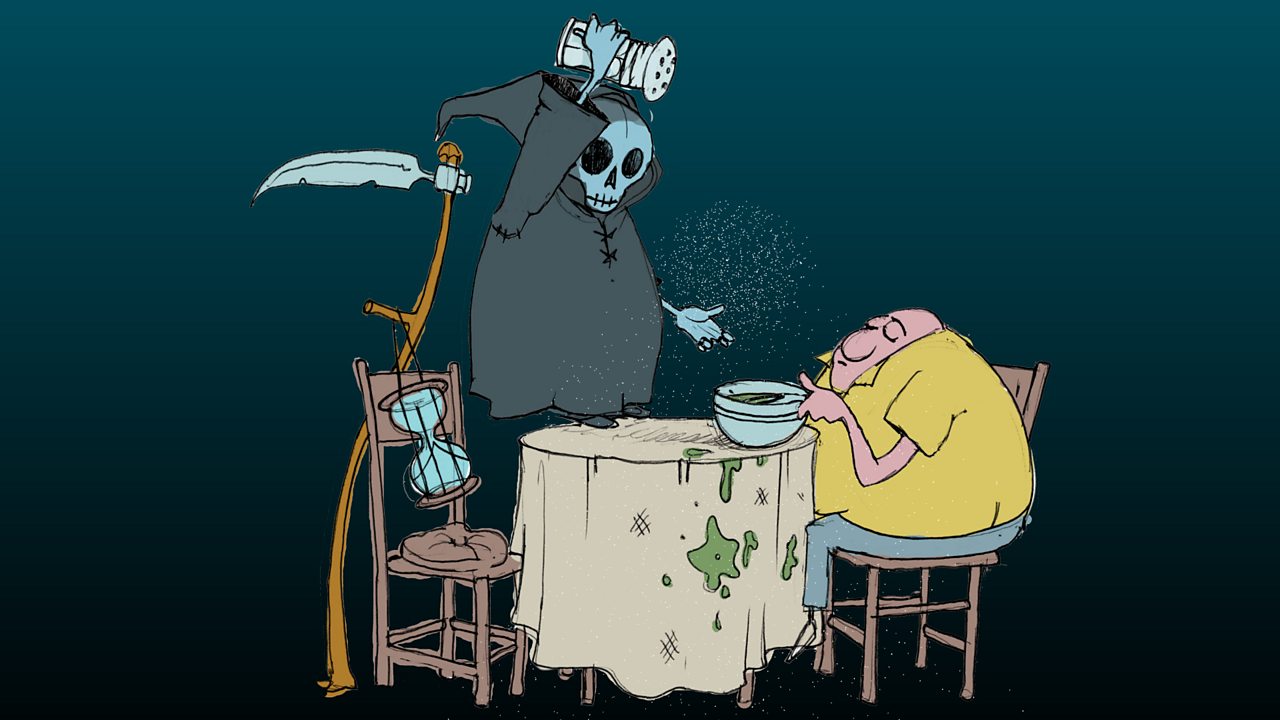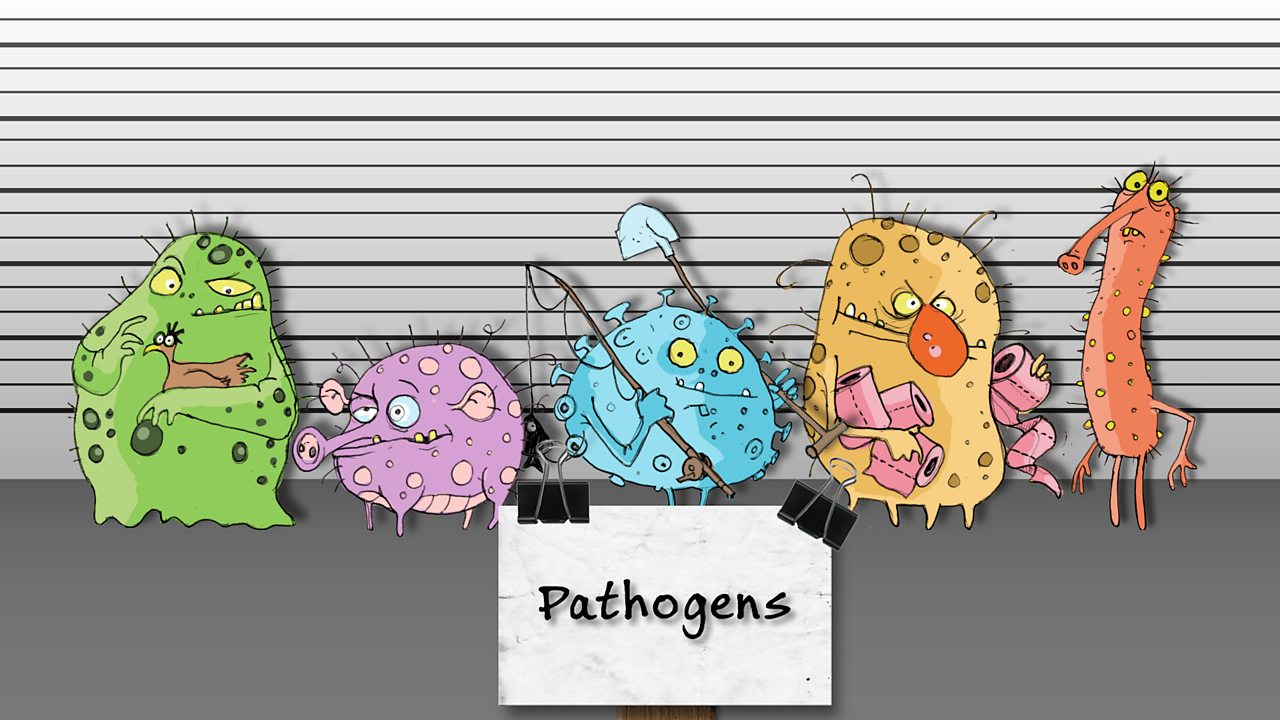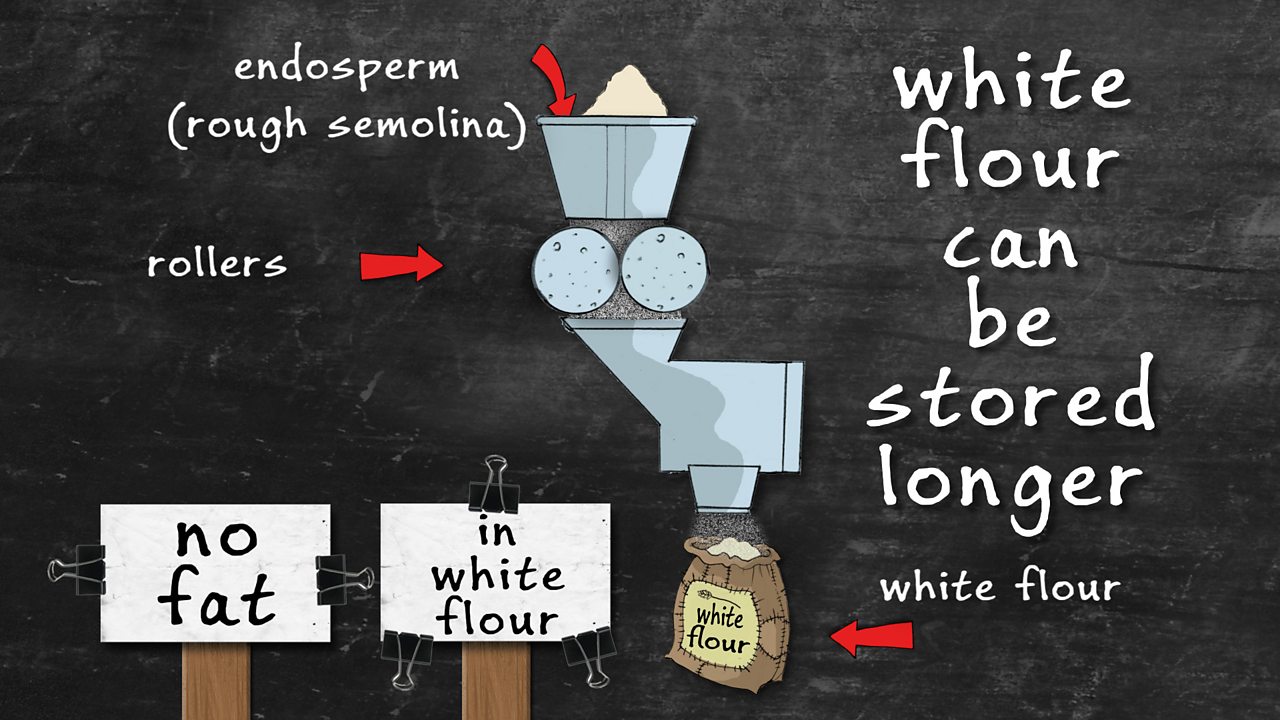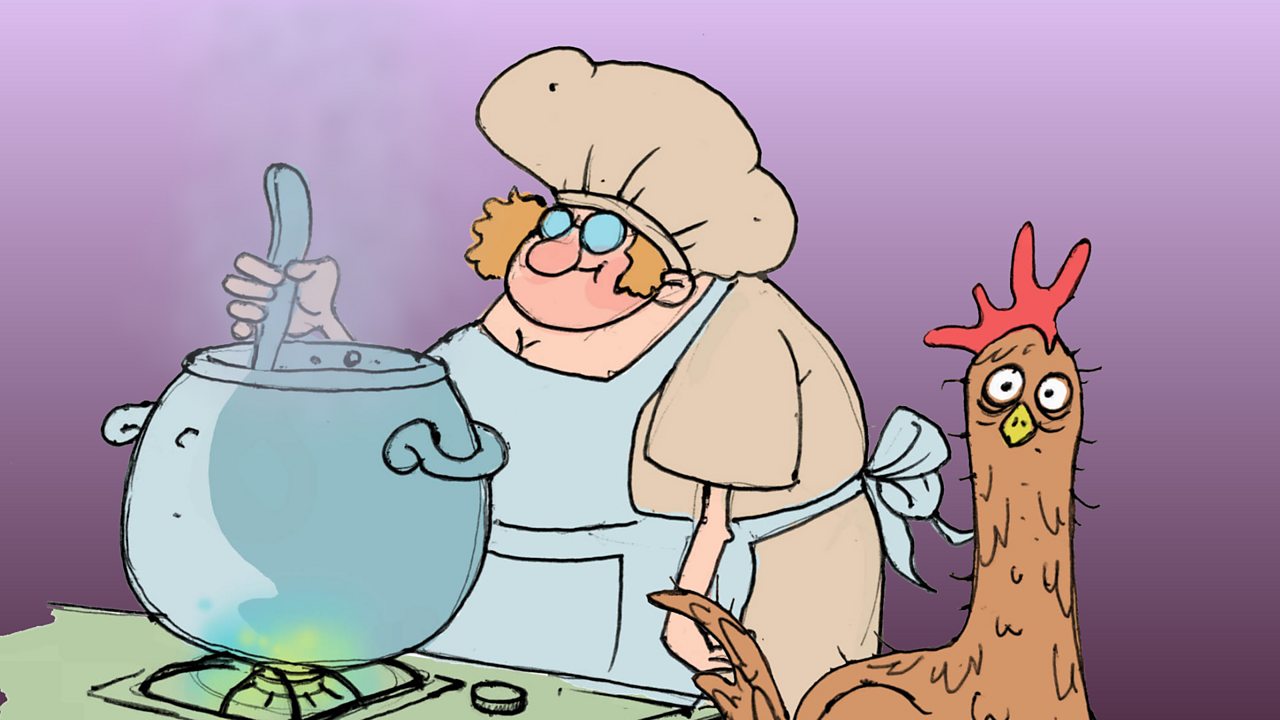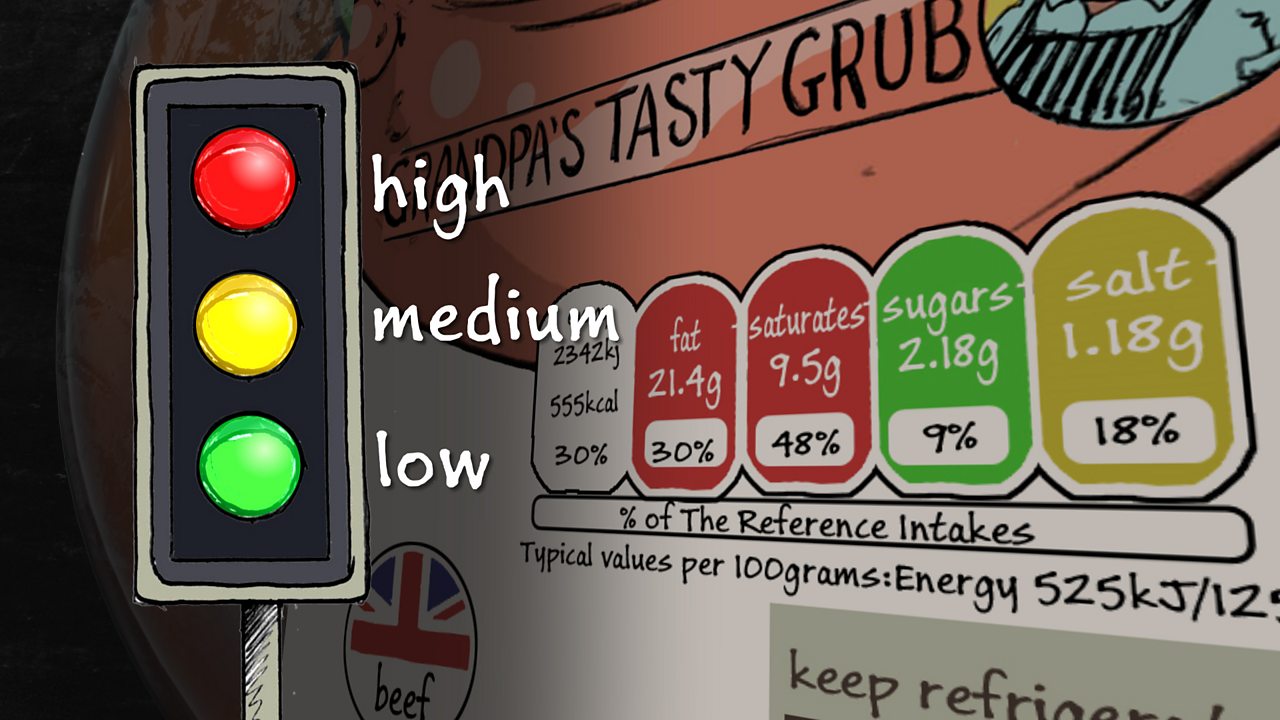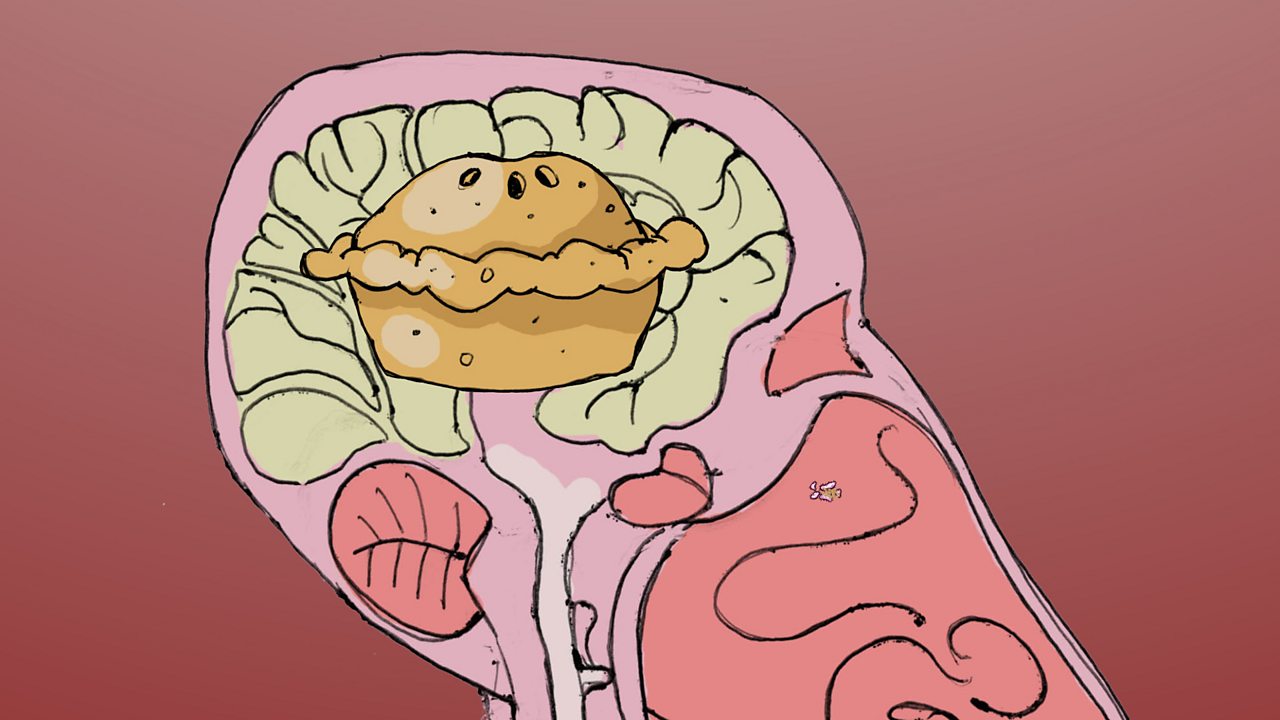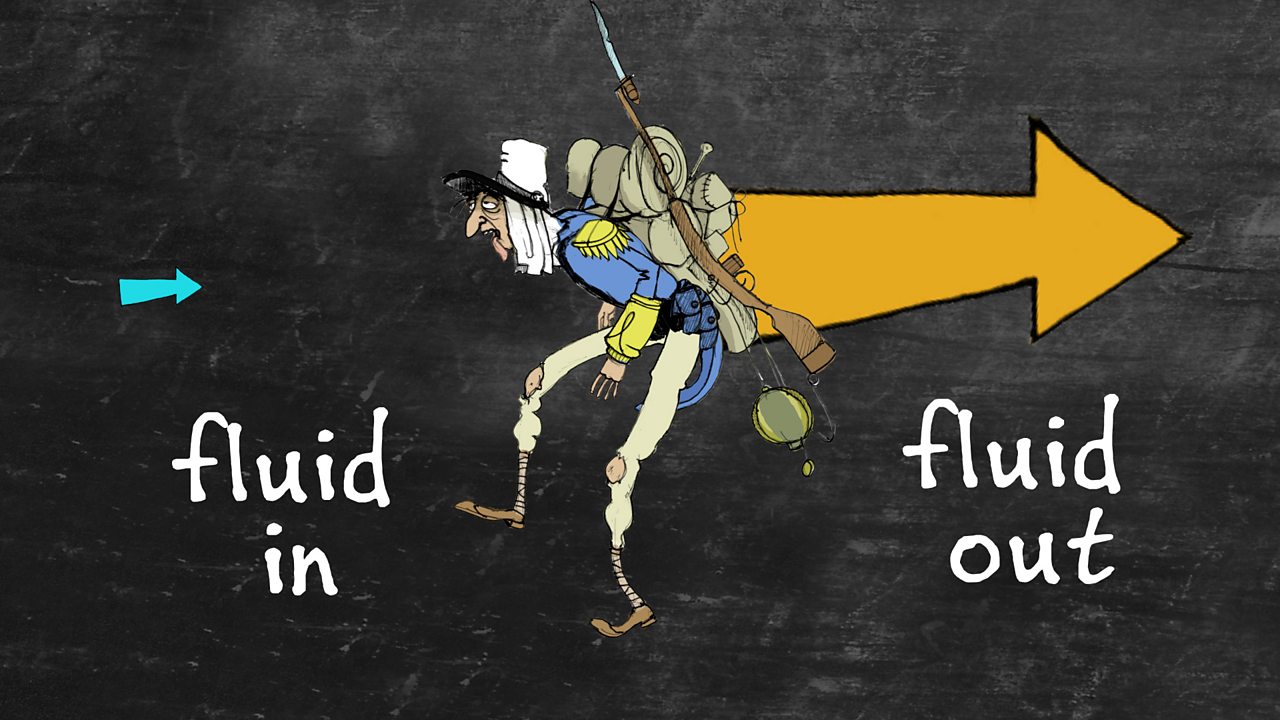KS4 Design and Technology: Food Groups and the Eatwell Guide
Video summary
A fact-packed but light-hearted animation, featuring the vocals talents of Radio 1's Greg James, that takes a look at the different food groups, and how the foods we eat everyday can be classified according to their main nutrients.
The Eatwell Guide has been created by Government to help define recommendations on eating healthily and achieving a balanced diet.
The illustrated guide introduces the five food groups that make up our diet, and is divided into sections showing how much or how little of each food group we should eat to maintain a balanced diet.
The five food groups are fruit and vegetables; potatoes, breads, rice, pasta and other starchy carbohydrates; oils and spreads (the smallest section); dairy and alternatives; and beans, pulses, fish, eggs, meat and other proteins.
The largest and most important sections are fruit and vegetables and bread, potatoes, rice, and pasta, indicating that we should eat more from these sections than others, such as oils and spreads.
The guide also informs us of the importance of avoiding high fat, high sugar and salty products, of maintaining hydration and checking labelling on food packaging for fat, sugar and salt content.
This handy guide can be used when deciding what to eat, cooking a meal, shopping for groceries, or eating in a café or restaurant.
This clip is from the series Food Preparation and Nutrition.
Teacher Notes
Students could look carefully at recipes for a variety of dishes, comprising of ingredients from more than one food group.
Referring to the Eatwell Guide, students could place each main ingredient in the appropriate food groups, for example, with lasagne there is protein in the milk and meat, carbohydrate in the pasta; and fat in the roux sauce with cheese.
Students could look at the guide, and work out if the dish is balanced.
Students could compare their findings with others’ working on different dishes, and hold a class discussion on the outcomes.
Dishes could include lasagne, vegetable or meat samosas, thai fishcakes, shepherd’s pie, bolognese sauce made from vegetarian mince and served with wholemeal spaghetti, fruit scones with butter, jam and whipped cream.
This clip will be relevant for teaching Food Technology and Modern Studies at GCSE in England, Wales and Northern Ireland.
This topic appears in OCR, Edexcel, AQA, WJEC KS4/GCSE in England and Wales, CCEA GCSE in Northern Ireland.
